Leveraging Affiliate Marketing Links to Help In-House SEO Blog Rankings in FMCG (Supplements)


My SEO journey started almost 10 years ago, from when I first delved into SEO copywriting.
It was at this time that I bought my first domain, hooked up WordPress to its backend as the CMS, and started manually pumping affiliate content out as a “one-person band”.
To my surprise, I quickly saw how fast you could make money via affiliate marketing. Perhaps more importantly, I started my career with zero skepticism around SEO and its ability to generate revenue directly as a result.
However, even at that point I wasn’t aware of whether affiliate links actually make any positive impact to the merchants’ SEO (e.g. on their in-house blog).
After all, we’re constantly told by Google and many others that “affiliate marketing links do not directly help or harm SEO”

But what if I told you that affiliate links can indeed pass link juice/equity over, and that merchants can actually make use of this to help their blog rank for BOFU KWs?
Read on to find out more…
Testing whether affiliate links impacted in-house SEO efforts
Many years later, I’d progressed from being an SEO copywriter to being a fully-fledged, full stack SEO that fell in love with all aspects of the profession. I eventually found myself leading SEO efforts quite quickly, in-house at companies.
At one particular role, I was employed as the second official employee, tasked with growing both the affiliate marketing and SEO channels - with affiliate marketing being their only channel existing at the time I joined.
For this brand’s website, as a fairly new brand, there were only affiliate links pointing to product pages - with no other off-page SEO efforts at the time.
However, if you checked the DR on ahrefs, it was clearly not at zero due to these affiliate links.

I joined in January 2019 with the DR at 23. You can see just how much estimated impact Ahrefs thought the affiliate links had at the time, taking the brand’s site from zero to the 20s in DR extremely quickly.

The organic traffic at the time was also almost non-existent when I joined, with the little coming in as brand traffic due to the positive exposure affiliates were giving the brand’s products on their respective websites.
The Avalanche Method
My experience starting up completely new sites also gave me a clear understanding of where to begin when it came to growing a site’s blog from scratch.
Back then, the “Avalanche Method” of SEO was highly effective at the time.
As a quick overview, the avalanche method uses the Keyword Golden Ratio (KGR), which helps identify long-tail keywords with low competition but enough search volume to bring in meaningful traffic.
By targeting these KGR keywords, I was able to rank without doing the usual SEO work that required budget, like link building or outreach, simply because the content filled a gap in Google’s index (an area that people were searching for but few other competitors had covered).

Source: https://pixabay.com/photos/castle-summer-moat-landscape-4277822/
This steady organic traffic acts like a protective moat around your site. It creates a solid foundation of visitors that supports your site’s growth.
As your blog gathers these smaller but consistent sources of traffic, Google starts to see your site as a trusted and authoritative presence in your niche; this trust builds faster when Google notices steady traffic from a range of relevant, low-competition keywords, which shows that your content is valuable and dependable.
Over time, as Google’s trust in your site grows, it becomes easier to rank for tougher keywords because your site has already proven its relevance and authority.
This creates a positive cycle: steady traffic from long-tail KGR keywords leads to more trust, which then helps your site rank for higher-volume keywords, allowing your blog to grow effectively without relying only on traditional SEO tactics.
That said, of course if you do have the budget to support high quality link acquisition, digital PR and multichannel (potentially multilingual) content, things can get truly exciting.
Anyway, to get back to the story and point of this article, once I’d started gaining organic traffic via long-tail, less competitive KWs, I now had 2 factors that positively impacted SEO: organic traffic and backlinks (even if they were affiliate links).
Building Reverse Silos Around eCommerce PDPs (Product Description Pages)
There are quite a lot of people out there that would associate informative, long-tail KW targeted blogs as being completely useless when it comes to actually making money with SEO.
However, as I keep saying - I come from a background of making as much money as possible, with as little organic traffic as possible as an SEO driven affiliate marketer on low/no budgets.
I knew that you could effectively funnel some organic traffic through to “money pages” e.g. the blogs that targeted buying intent traffic.
For example, let’s take a real KW that fit within the “keyword golden ratio” at that time: Tart Cherry Juice vs Capsules”.
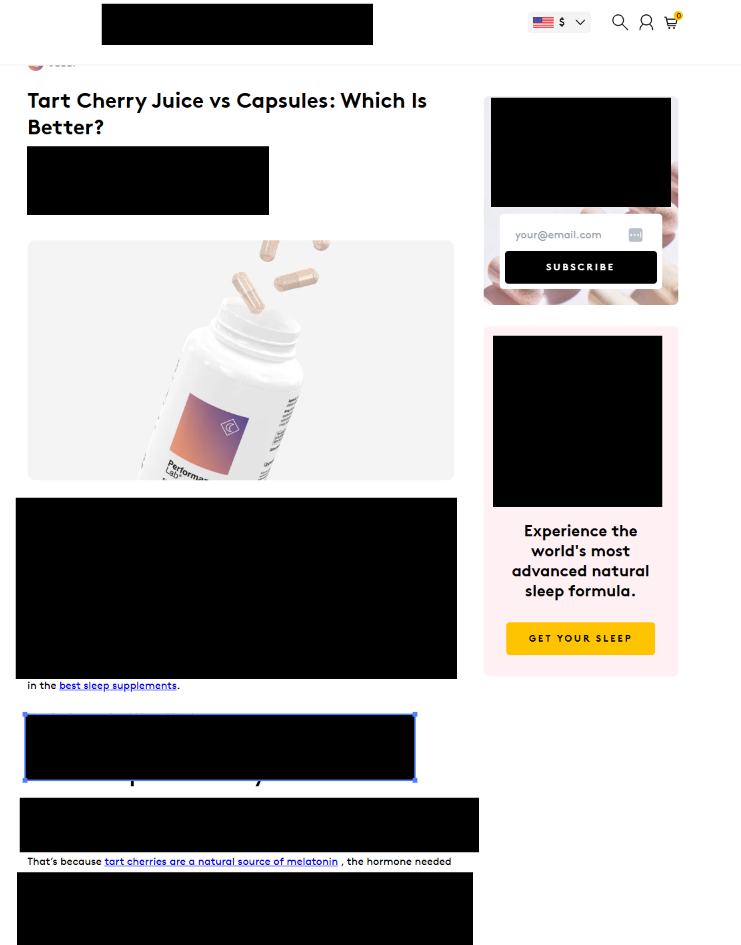
It’s pretty clear that, while an informative KW, the people searching for this were ultimately interested in a product containing tart cherry (to the uninitiated, Tart Cherry is known for its ability to help users fall asleep and improve their quality of sleep).
As a result, by funneling them towards a “Best Sleep Supplement” money page blog, we were fulfilling their intent of going one step further in their customer journey towards finding the best sleep supplement.
Not only was I funneling users towards a buying intent blog, this also created a reverse silo through the CTAs and internal links - helping Google make more sense of the “best sleep supplement” topic and increasingly becoming seen as more of an “expert” within this topic (increasing our topical relevance and authority).
Using “Link Juice” from Affiliate Links to Help Rank Our “Money Page”
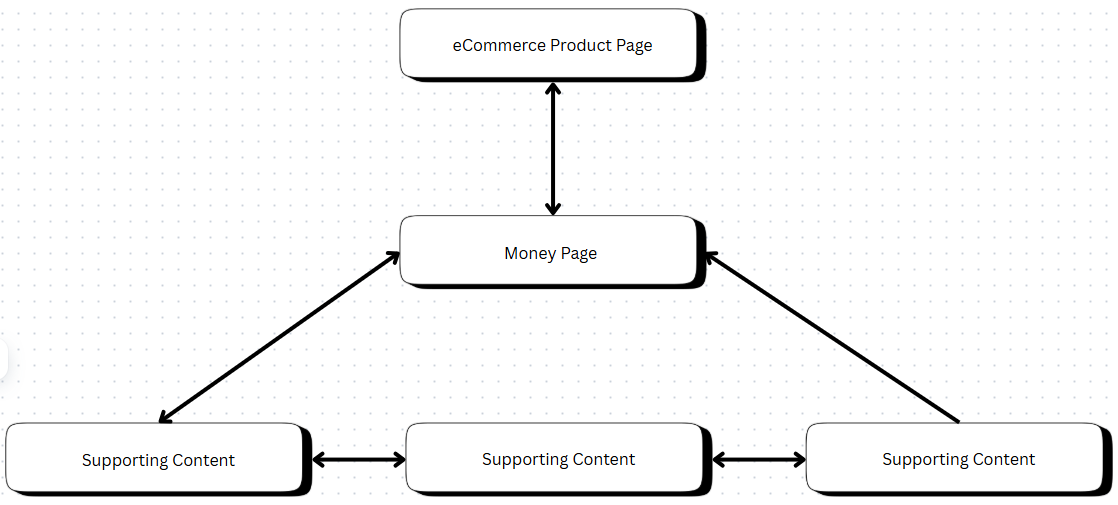
As you can see from the flow chart above, I then started to test my theory and begin making use of the “link juice” from affiliates linking to product pages.
To do this, I added in links from a “sleep supplement” eCommerce product page over to our “best sleep supplement” blog.
And before you think this has been building up to a miracle “this ranked in its first 1 week” sort of moment, that’s not the case…
…that being said, we saw extremely positive movements throughout 6 months and after one year, I’d managed to have a fairly new website rank for a great buying intent KW “Best Sleep Supplements”, which directly increased SEO revenue.
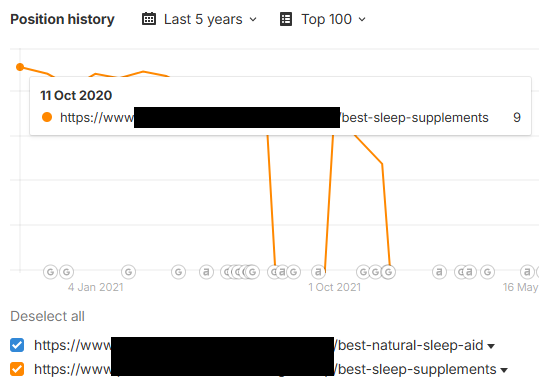
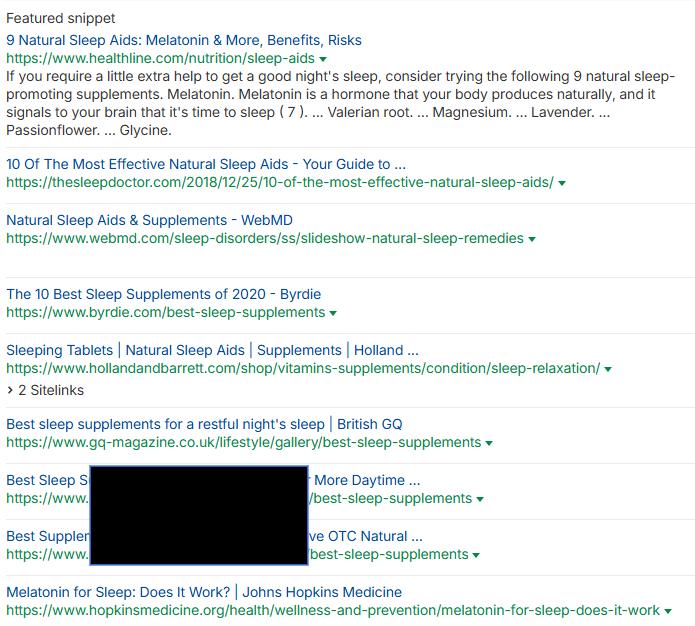
Replicating the Success
It’s fair to say that if you can’t replicate your success, then it might as well be a “fluke”.
Naturally, as soon as I saw positive results with this strategy, I started to replicate this en-masse throughout the blog.
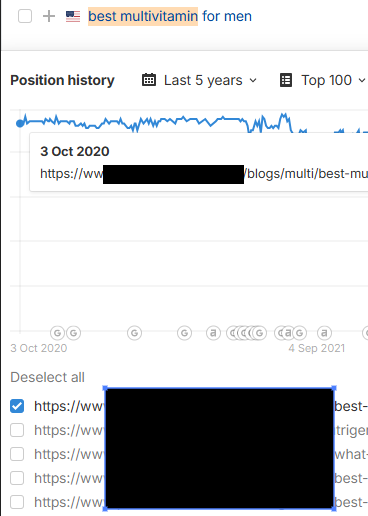
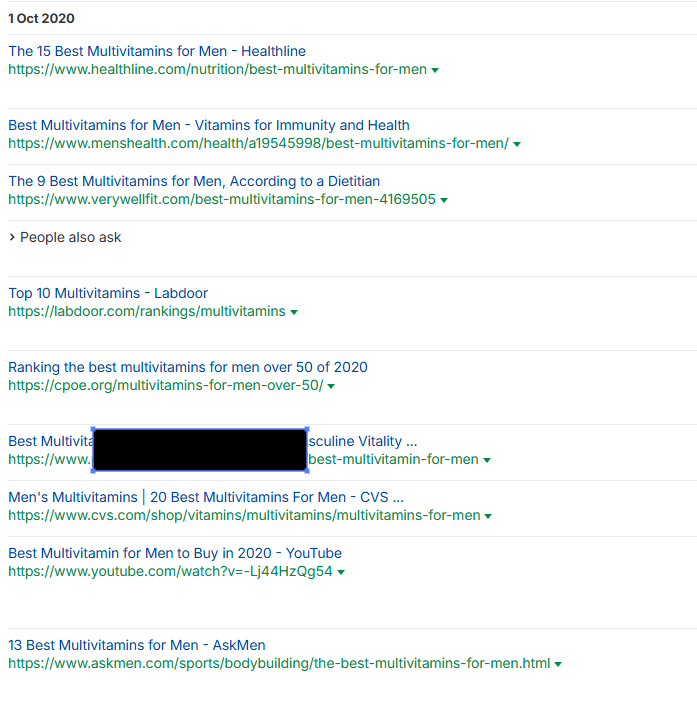
And I managed to rank for more of the highest intent KWs within the niche - alongside the likes of Healthline and MensHealth - including “Best Multivitamin for Men” which helped sell £1m worth of a multivitamin product over the course of 1 year.
Remember that this website started with no manual placement backlinks or blog a year previously…I’m still pretty damn proud of what I achieved there to this day.
Conclusion: All Backlinks Deliver Value, Regardless of What Google or Others Tell you
Affiliate links are often written off as useless for SEO, but that couldn’t be further from the truth…at least not when you use them with purpose.
In my experience, they can absolutely contribute to building authority, improving rankings, and driving real revenue, especially when you structure your content in a way that supports your commercial goals.
By feeding link equity from affiliate-driven product pages back into your BOFU content, and creating smart internal pathways between informational and money pages, you’re not just ticking SEO boxes…you’re actually helping Google understand your site’s relevance around high-intent topics.
This approach worked for me on a brand-new domain, in a competitive niche, without spending on manual link building. I’ve seen it replicated, scaled, and used to rank alongside some of the biggest publishers in the space.
So, if you’re running affiliate programs and also trying to grow your in-house SEO, stop treating them like separate channels. They can support each other. And when they do, the results speak for themselves.
Similar Posts









